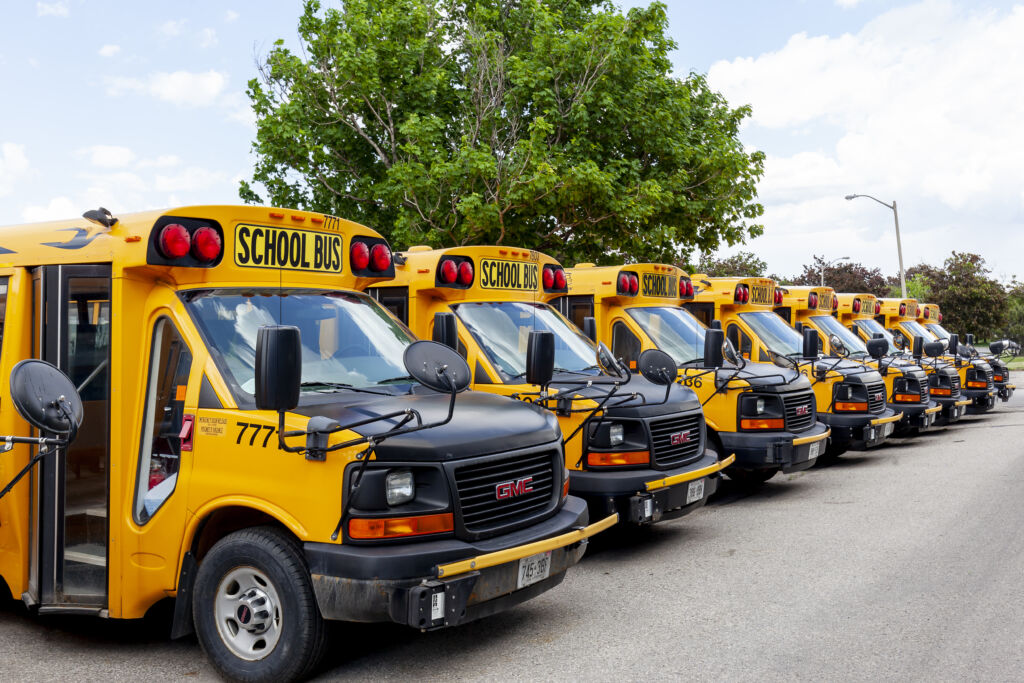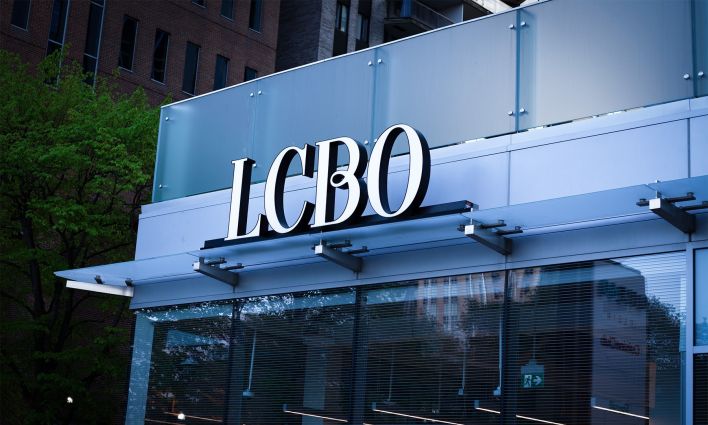Ontario parents have heard two contradictory stories about school this year.
On the home front, school closures, online learning, and preventive health measures have put immense pressure on school administrators, educators, students, and their families. The system—and people within it—are stretched to the breaking point.
Meanwhile, at Queen’s Park, education minister Stephen Lecce can’t stop talking about millions and millions of dollars in COVID funding, thousands and thousands of additional teachers, and endless measures to make schools safe and operational. It would seem, at least according to his Twitter feed, that schools are doing great!
So what’s the true story about Ontario’s schools during the pandemic?
The short answer: in Canada’s largest school system—with 4,444 schools, 233,000 workers, more than two million students, and an annual budget of over $30 billion—a drop in the bucket can seem like a lot when presented out of context.
We provide that context here.
This year, the financial statements that school boards prepare annually contained information about COVID-19 funding, including the number of additional workers hired to support schools through these tough times. Boards submitted this information to the Ministry by December 15, 2020. Figures, therefore, don’t include staff hired using the second installment of federal “Safe Restart” funding, announced at the beginning of February.
At the provincial level, using COVID-19 funding, Ontario’s 72 school boards hired 6,706 staff across 4,444 schools. This includes 3,834 teachers for nearly 2 million students (1 teacher for every 521 students), 1,117 custodians, 286 special education workers, 178 mental health support staff, and 1,291 other education workers and administrative support staff. On average, Ontario’s 72 boards added the equivalent of 1.5 staff per school to deal with all the pressures from school closures, online learning, preventive health measures, additional mental health challenges, and growing learning gaps. The maps below provide the board-by-board breakdowns.
School board financial statements also confirm that the provincial government hasn’t pulled its weight when it comes to pandemic funding for schools. Back in September, we estimated that much of the pandemic funding for schools came from either board reserves set aside for other spending priorities and from the federal government. School boards’ financial statements have confirmed our analysis. Of the almost $655 million used to hire additional staffing, $304 million (46%) came from the boards. The remaining $351 million (54%) came from governments, but at least $119 million was federal funding. The Ontario government picked-up only about one-third of the tab.
This low provincial spending and high reliance on external funding is part of a broader trend. A CCPA analysis has shown that 94% of the money spent on direct COVID-19 measures came from the federal government and only 6% from the province.
If it wasn’t already too little funding, in large part from sources other than the provincial coffers, a Ministry of Education memorandum has warned schools not to count on it for the next year.
Ontario urgently needs a plan to support students and ensure none fall behind because their parents cannot afford private tutors and expensive extra-curricular activities. The best way to achieve this is through adequately resourced schools and public programs, not for the Ministry of Education to cut the little additional funding it provided schools during a global pandemic.







